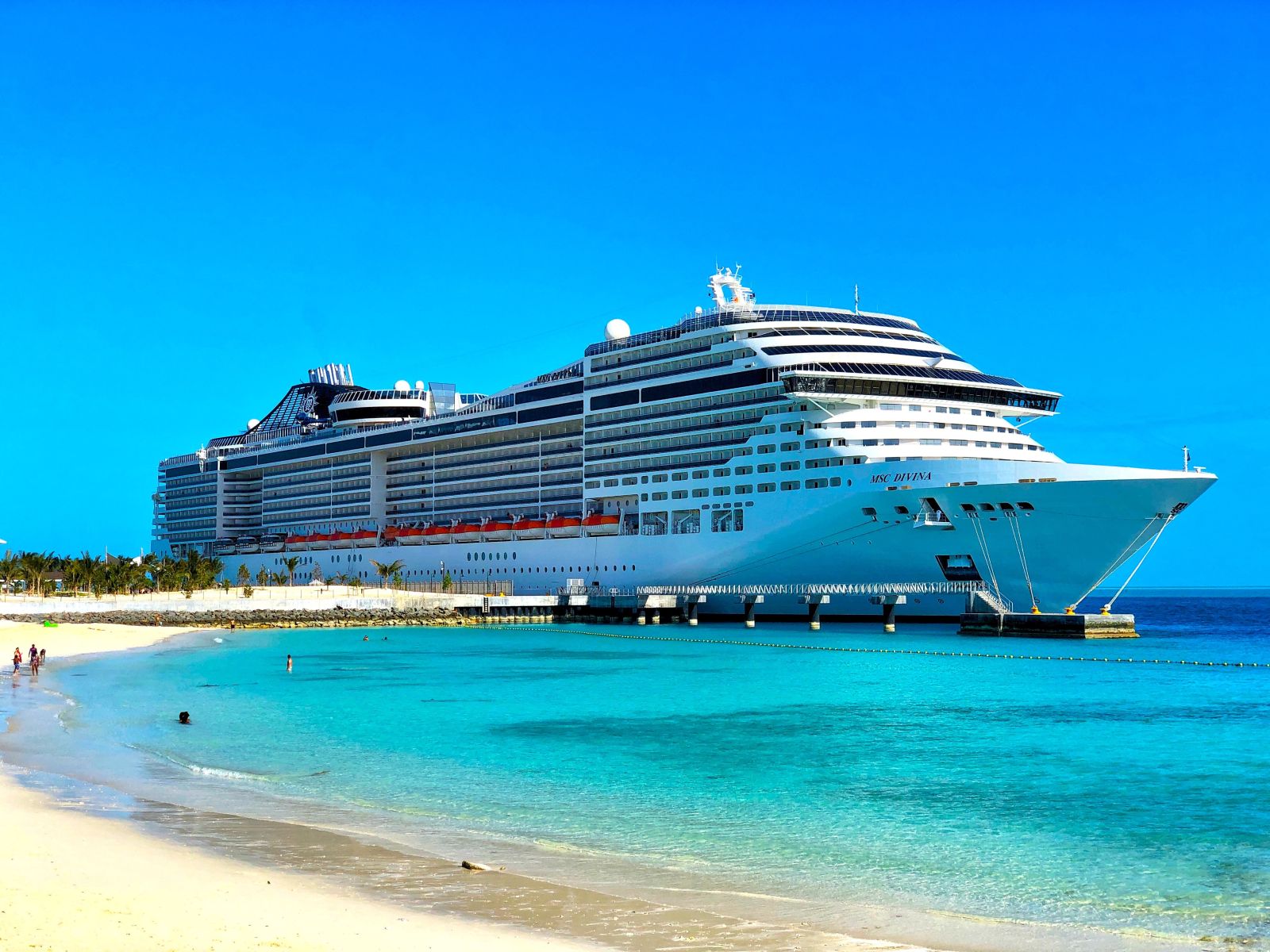
Shares of Carnival Corp. (CCL) have more than doubled in the first six months of 2023. In the last month, CCL stock has surged by 53%, easily outpacing the broader indices. Currently valued at a market cap of $22.4 billion, shares of the cruise giant are still down 74% from all-time highs.

Let’s see how high Carnival stock can climb in the next 12 months and if it makes sense to buy it at the current valuation.
An Overview of Carnival Corp.
Carnival is the largest cruise company globally and among the largest leisure travel companies in the world. It owns and operates a portfolio of top-tier cruise lines with operations in North America, Asia, Europe, and Australia.
Similar to other tourism companies, Carnival saw its revenue nosedive amid the COVID-19 pandemic. It reported sales of $20.82 billion in fiscal 2019 (ended in November). Sales then fell to $4.59 billion in 2020 and $1.9 billion in 2021 before recovering to $12.17 billion in 2022.
In the last 18 months prior to the end of fiscal 2022, Carnival returned 90 ships to service and reboarded 100,000 team members to its ships. It restarted its portfolio of eight private island and port destinations welcoming nine million guests in the process.
Carnival Stock Delivers Solid Fiscal Q2 Results
In fiscal Q2 of 2023 (ended in May), Carnival Cruise reported revenue of $4.91 billion, an increase of 105% year over year, beating estimates of $4.77 billion. It reported record quarterly Q2 sales, which indicates the company is recovering at a fast clip in a post-pandemic world. Its customer deposits also increased to an all-time high of $7.2 billion, up from the highs of $6 billion achieved prior to COVID-19.
Carnival’s adjusted EBITDA (earnings before interest, tax, depreciation, and amortization) improved to $681 million compared to the prior-year loss of $928 million. Its free cash flow surged to $625 million in Q2, up from a loss of $487 million in the year-ago period.
But the company continues to wrestle with high debt levels and a significant uptick in interest rates since the start of 2022. For instance, Carnival reported a net loss of $407 million or $0.32 per share, as its interest expenses stood at $542 million.
Carnival CEO Josh Weinstein stated, “Our momentous wave period, typically a first-quarter event, started in record-breaking fashion at the end of the fourth quarter, set a record in the first quarter, actually accelerated in the second quarter and has continued into the third quarter.”
Its booking volumes have been trending higher due to favorable pricing, in turn reflecting Carnival’s commercial execution and return on marketing investments. Carnival now expects to report an adjusted net income in Q3 with adjusted EBITDA between $4.1 billion and $4.25 billion in fiscal 2023.
Are Analysts Bullish on CCL Stock?
Soon after Carnival reported its Q2 results, several Wall Street analysts hiked 12-month price targets for the company:
- Wells Fargo (WFC) raised its price target on CCL stock to $15 from $13 and maintained an “equal-weight” rating
- Morgan Stanley (MS) raised its price target from $7 to $11.5 and maintained an “underweight rating”
- Citigroup (C) maintained a “buy” rating on Carnival stock and increased price targets from $18 to $20.
- Susquehanna also raised price targets to $17 from $11 while maintaining a “positive” rating.

As seen in the above table, 14 analysts track Carnival stock. While eight analysts have a “strong buy” recommendation, one has a “moderate-buy” rating, three recommend a “hold,” and two have a “strong sell” rating.
The mean target price for Carnival stock is $13.21, which is 22.4% above its current trading price. So, the Carnival stock continues to trade at a significant premium to analyst estimates.
The Bear Case for Carnival Stock
One major headwind for Carnival in the near term is the company’s high balance sheet debt. It ended Q2 with total debt of $34 billion and repaid $1.8 billion of debt in the last quarter. Moreover, around $7.5 billion of these loans need to be repaid by the end of 2025.
Carnival improved its cash flow profile significantly in Q2, allowing it to improve its leverage. But it also plans to invest $11.7 billion in capital expenditures through 2026, which will weaken its liquidity position as it has less than $5.5 billion in cash.
Carnival is optimistic about servicing its debt due to widening cash flows. But an upcoming recession may negatively impact profit margins and cash flows.
The Final Takeaway
Carnival stock remains a high-risk investment despite the recent rally in its share price. For the stock to keep rising higher, it needs to consistently expand profit margins and strengthen its balance sheet.
Carnival claimed it plans to improve EBITDA per available passenger berth day/available lower berth day by 50% by 2026. It also aims to increase return on invested capital from 6% in 2023 to 12% in 2026, allowing it to end the forecast period with a debt-to-EBITDA multiple of less than 3x.
Carnival stock will need to prove it can hit these lofty goals every quarter to gain investor confidence. But if the economy remains under pressure, the company is likely to raise equity capital and dilute shareholder wealth resulting in a massive pullback in share prices.
More Stock Market News from Barchart
- Fed’s Stress Test Ignores the Achilles Heel of Mid-Sized U.S. Banks
- Tech Stocks Undercut by Sharp Rise in T-note Yields on Hawkish Powell
- What to Know Before Boarding a Flight with Joby Aviation (JOBY)
- Markets Today: Stocks Higher on Positive U.S. Bank Stress Tests







